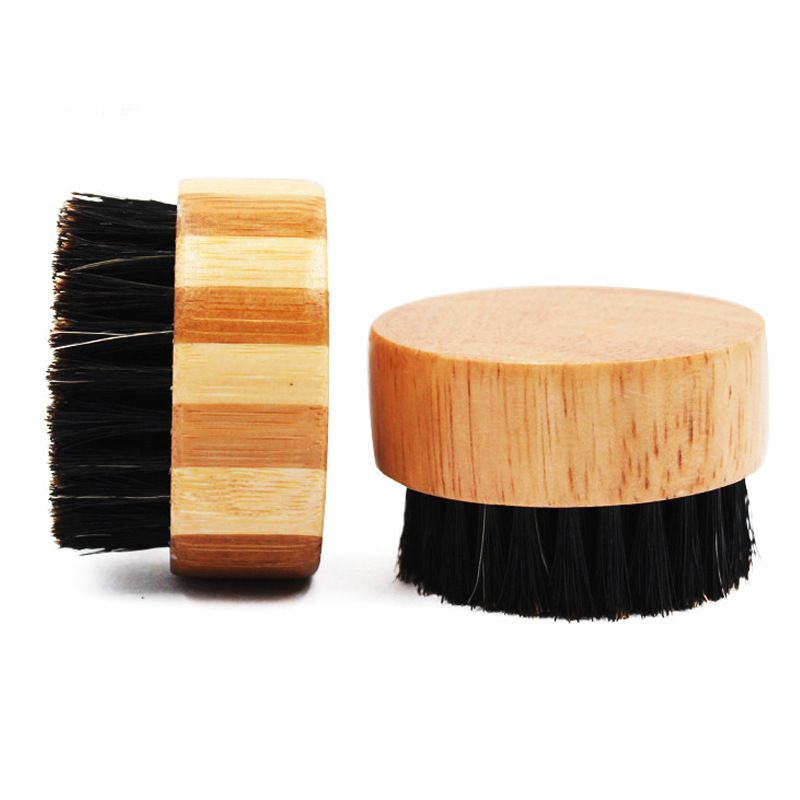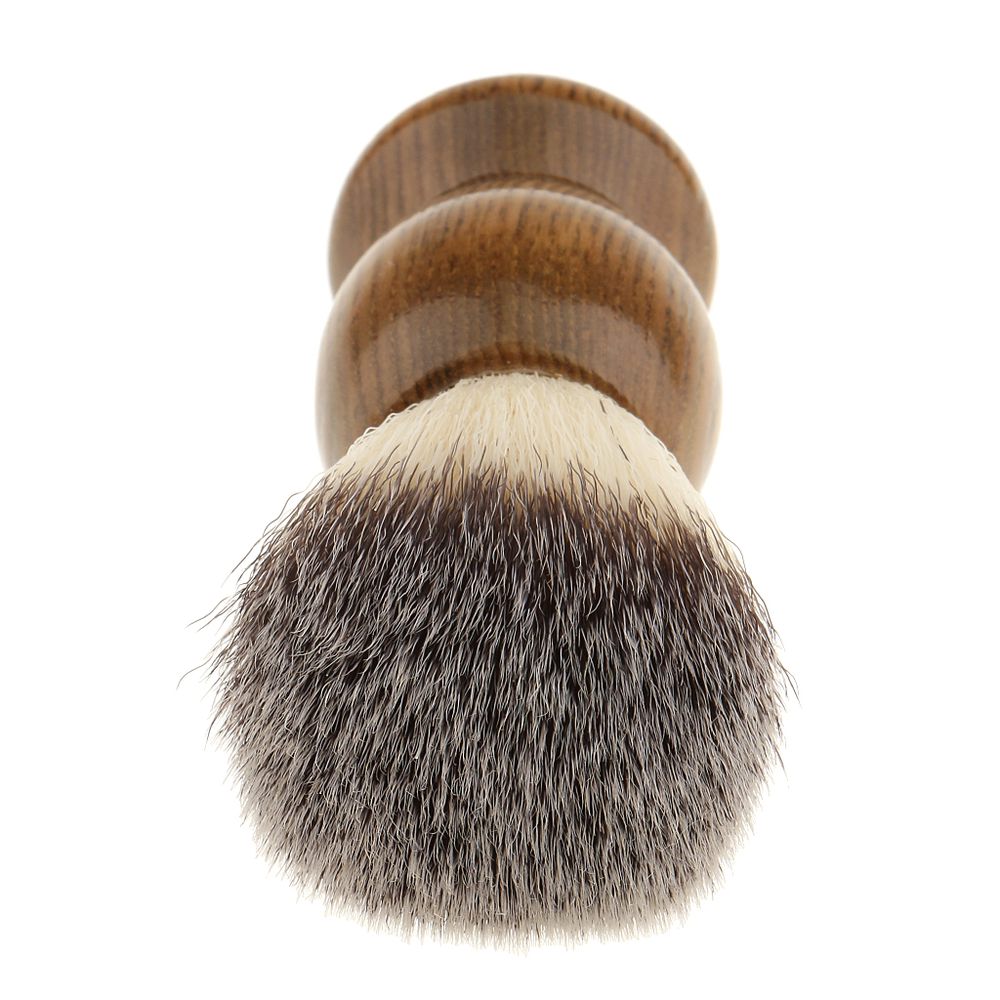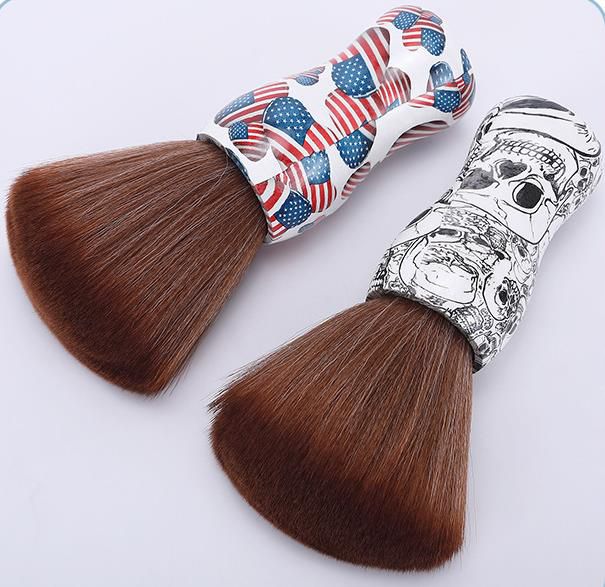Industry news
Sustainable Sourcing of Shaving Brush Materials: A Global Perspective
- 338 Views
- 2025-07-01 02:31:11
Sustainable Sourcing of Shaving Brush Materials: A Global Perspective
In an era where environmental consciousness shapes consumer choices, the shaving brush industry is undergoing a significant shift toward sustainable sourcing. As manufacturers, we recognize that the materials used in crafting these grooming essentials—from brush filaments to handles—carry profound implications for both ecological health and brand integrity. This global perspective explores how sustainable sourcing is redefining material selection, regional practices, and the future of shaving brush production.

At the heart of sustainable shaving brush manufacturing lies the choice of filaments. Traditionally, natural animal hairs like badger or boar dominated the market, but concerns over animal welfare and resource depletion have driven innovation. Today, recycled synthetic filaments are emerging as a frontrunner. Derived from post-consumer plastic waste, such as PET bottles, these filaments undergo advanced processing to mimic the softness, water retention, and lathering capabilities of natural hairs. In Asia, where synthetic fiber production is concentrated, manufacturers like ours are investing in closed-loop systems: collecting plastic waste locally, recycling it into high-grade filaments, and reducing reliance on virgin materials. This not only cuts down on landfill waste but also lowers carbon emissions associated with raw material extraction.

Handle materials, too, are undergoing a sustainable transformation. Hardwoods, once a staple, are now increasingly sourced from FSC (Forest Stewardship Council)-certified forests, ensuring that logging practices meet strict environmental and social standards. European manufacturers, in particular, have embraced this shift, with countries like Germany and Italy prioritizing FSC-certified beech and olive wood to align with the EU’s stringent eco-regulations. Meanwhile, bamboo—a fast-growing, renewable resource—has gained traction in regions like Southeast Asia. Its rapid maturation cycle (3–5 years vs. 20–30 years for hardwoods) and minimal need for pesticides make it a low-impact alternative. Some innovators are even exploring mycelium-based composites, grown from mushroom roots, as a biodegradable substitute for plastic handles, though scalability remains a near-term challenge.

Global collaboration is key to advancing sustainable sourcing. In South America, for example, partnerships between local cooperatives and international brands are promoting the ethical harvesting of plant-based fibers like palm or agave. These fibers, when processed sustainably, offer a natural, biodegradable alternative to synthetic filaments, supporting rural economies while preserving biodiversity. In Africa, initiatives focused on recycling agricultural byproducts—such as coffee husks or coconut shells—into handle materials are creating circular economies, turning waste into value. These regional efforts highlight that sustainability is not a one-size-fits-all model but a tapestry of localized solutions.
Yet, challenges persist. Balancing sustainability with performance remains a critical hurdle. While recycled synthetic filaments have improved, some premium consumers still associate natural hairs with superior quality. To bridge this gap, manufacturers are investing in R&D to enhance recycled fibers—for instance, blending them with plant-based polymers to boost softness or incorporating hollow-core structures to improve water retention. Cost is another barrier: sustainable materials often require upfront investment in recycling infrastructure or certification, which can raise production costs. However, as consumer demand for eco-friendly products grows, these investments are increasingly viewed as long-term assets, driving brand loyalty and market differentiation.
Looking ahead, the future of sustainable shaving brush materials lies in transparency and innovation. Consumers are no longer satisfied with vague “green” claims; they demand traceability—knowing where materials come from and how they are processed. Blockchain technology is emerging as a tool to provide this transparency, allowing brands to share supply chain data, from plastic collection points for recycled filaments to FSC certification details for wood handles. Meanwhile, biofabrication techniques, such as lab-grown collagen fibers, could one day offer cruelty-free, natural alternatives to animal hairs, though commercial viability is still years away.
As a manufacturer deeply rooted in this industry, we believe sustainable sourcing is not just a trend but a responsibility. By prioritizing recycled synthetics, certified renewable materials, and ethical partnerships, we aim to prove that luxury grooming can coexist with environmental stewardship. The global shift toward sustainability is not without its challenges, but it is also a journey of innovation—one that promises to redefine the shaving brush as a symbol of both personal care and planetary care.











